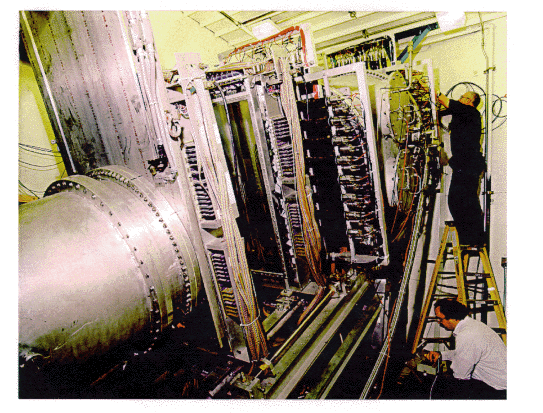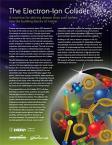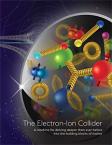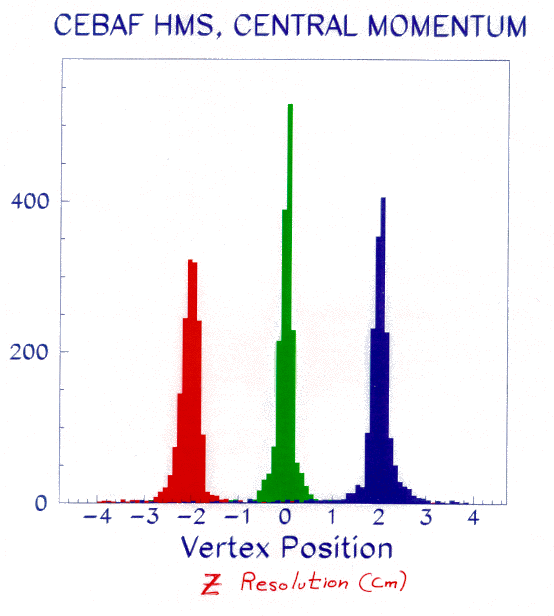JEFFERSON LAB SEARCH
About
The Electron-Ion Collider is a proposed machine for delving deeper than ever before into the building blocks of matter, so that we may better understand the matter within us and its role in the universe around us.
Learn more about this first-of-its-kind machine in the documents linked below.
-
Year Title Experiment Spokesperson
2010-2012Qweak E08-016 Carlini, Finn, Kowalski, Page -
-
-
Features:
- Conservative Superconducting Cold Fe Design
- Q2 & Q3 are Identical & Cryostable
- Multipole Windings
Specifications:
Q1 Q2/Q3 Gradient 605 G/cm 445 G/cm "Good Field" Radius 22 cm 30 cm Pole Tip Field 1.5 T 1.56 T Radius to Pole -
Features:
- Flat Racetrack, Cryostable Coils
- No Negative Curvature on Coil
- Graded Air Gap
- Flat Poles
- All Yoke Pieces <20 tons
Specifications:
Gap 421 cm Good Field Width +/- 30 cm Bend Angle 25o Max. Pole Tip Field 1.66 T (6 GeV/c) Dynamic Field Range 10:1 Field Uniformity B/B -
Performance of HMS Studied for Two Tunes:
Parallel ⇒ Point Best in plane angle accuracy. Point ⇒ Point Best vertex reconstruction. HMS Transmission Efficiency Studied as Functions of:
- Target location offsets
- Momentum offsets
-
OPTICS TUNE:PARALLEL-PTPT-PT
MOMENTUM:
Maximum Central Momentum
Momentum Bite[(Pmax-Pmin)/P0]
Momentum Resolution delta p/p7.5 GeV/c
18%
<0.1%7.5 GeV/c
18%
<0.1%ACCEPTANCES:
Solid Angle
Min. Central Scattering Angle
>6 msr
12.5o
>6 msr
12.5oAngle Measurement PrecisionIn Scattering Plane
Out-of-Plane -
Pictured is the Hall C detector for the High Momentum Spectrometer (HMS). Contained in a concrete shield house, this detector is used for particle identification after the beam hits the target and the scattered particles are focused onto this detector . The detector contains several instruments that measure different elements of the particles including: drift chambers, hodoscopes, and gas and lead-glass Cerenkov detectors.






